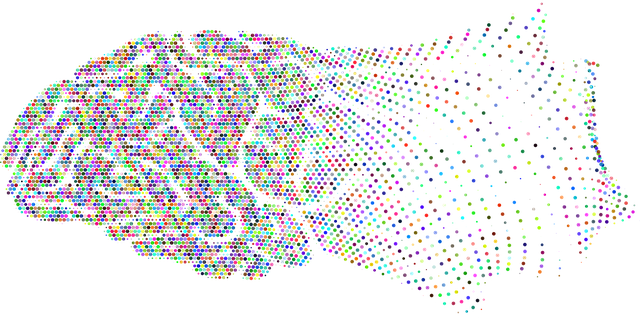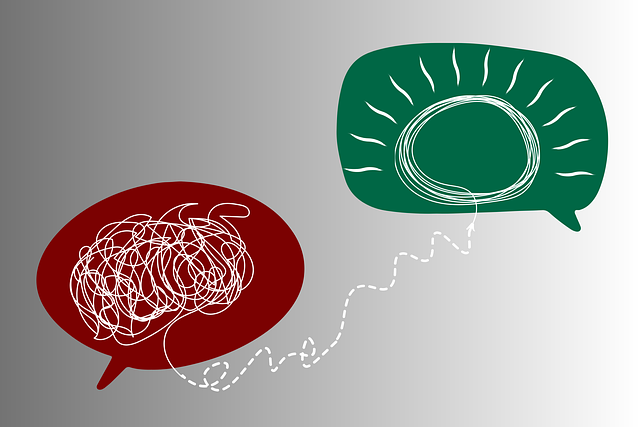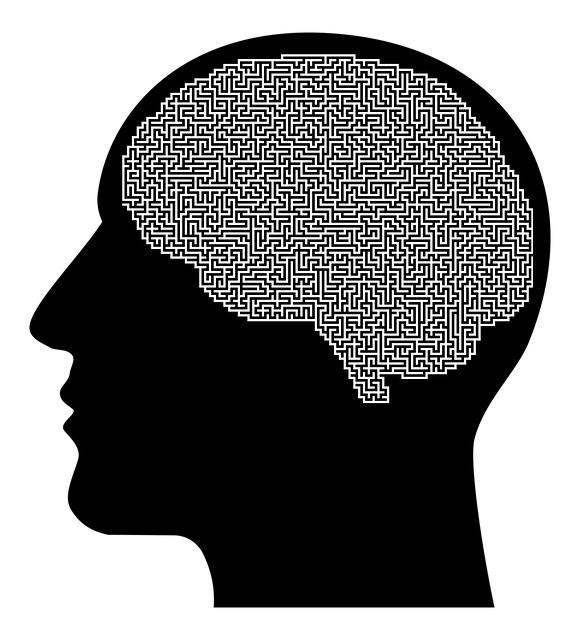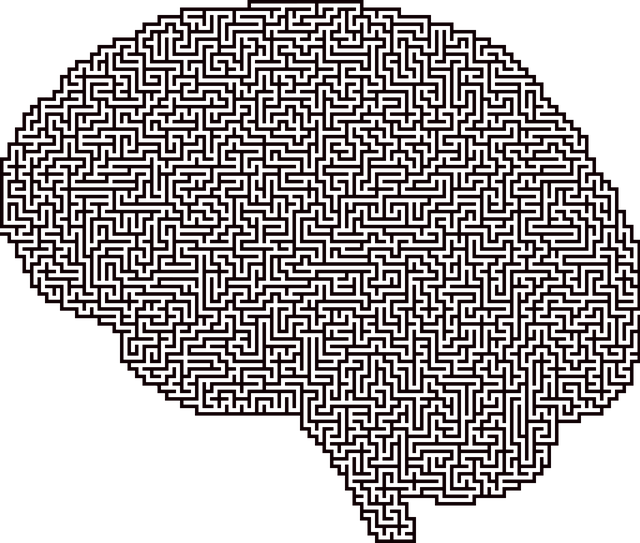Evaluating mental wellness programs like Aurora Geriatrics Therapy requires a blend of quantitative and qualitative research methods. Quantitative assessments, using data analysis, measure outcomes such as participation rates, symptom changes, and quality of life improvements, providing concrete evidence of program effectiveness. Qualitative approaches, through interviews or surveys, explore individuals' experiences, satisfaction, and perceived benefits, offering deeper insights. Integrating both data types offers a comprehensive understanding of the program's success in promoting mental wellness. Measuring outcomes is crucial for improving existing programs, guiding future developments, and supporting initiatives like Public Awareness Campaigns and Crisis Intervention Guidance. Aurora Geriatrics Therapy leverages quantitative methods, including surveys and statistical analysis, to ensure robust evaluations that inform evidence-based decisions, ultimately enhancing service quality and client outcomes.
Mental wellness program evaluations are crucial for measuring effectiveness, identifying areas for improvement, and ensuring long-term sustainability. This article explores diverse evaluation methods, from quantitative surveys and statistics to qualitative interviews and focus groups, providing insights into assessing program impact. We delve into strategies for enhancing participant engagement and retention, such as feedback mechanisms and best practices for diverse populations, using insights from programs like Aurora Geriatrics Therapy. Additionally, we discuss how to implement evaluation findings for continuous improvement within healthcare organizations.
- Assessing Program Impact: Quantitative and Qualitative Approaches
- – Discussing the importance of measuring outcomes
- – Overview of quantitative methods (surveys, statistics) in evaluating mental wellness programs
Assessing Program Impact: Quantitative and Qualitative Approaches

Evaluating the impact of a mental wellness program is a multifaceted process that combines both quantitative and qualitative methods. Quantitative assessments typically involve numerical data and statistical analysis to measure outcomes. For instance, at Aurora Geriatrics Therapy, researchers might track participation rates in therapeutic activities, changes in symptom severity scores over time, or improvements in overall quality of life metrics. These data points provide concrete evidence of the program’s effectiveness, allowing for precise measurement and comparison.
Qualitative approaches, on the other hand, delve deeper into individuals’ experiences and perceptions. Self-Awareness Exercises and Emotional Healing Processes are often central to these methods. Through interviews, focus groups, or surveys that explore personal narratives and sentiments, researchers gain insights into participants’ subjective well-being, satisfaction levels, and perceived benefits. Integrating both quantitative and qualitative data offers a holistic view of the program’s impact, ensuring a comprehensive understanding of mental wellness improvements facilitated by initiatives like Aurora Geriatrics Therapy.
– Discussing the importance of measuring outcomes

In evaluating mental wellness programs, particularly those tailored for older adults like those offered by Aurora Geriatrics Therapy, measuring outcomes is paramount. It’s the bridge between intervention and impact, providing a clear picture of how successful the program has been in achieving its goals. By assessing changes in symptoms, functioning, and overall quality of life before and after the program, researchers and practitioners can determine the effectiveness of the interventions. This data not only guides improvements in the existing program but also informs future developments, ensuring that resources are allocated to areas of greatest need.
Furthermore, focusing on outcomes aligns with broader efforts like Public Awareness Campaigns Development and Crisis Intervention Guidance. By understanding the program’s impact, stakeholders can better advocate for mental health services, develop targeted interventions for at-risk populations, and provide guidance on burnout prevention—all critical components in fostering a supportive and resilient community.
– Overview of quantitative methods (surveys, statistics) in evaluating mental wellness programs

Quantitative methods play a pivotal role in evaluating mental wellness programs, offering structured and data-driven insights into their effectiveness. Surveys, a common tool, gather numerical data from participants through carefully crafted questions, allowing researchers to assess various aspects such as satisfaction levels, perceived improvements in symptoms, and overall program utility. By employing these surveys, mental health professionals like those at Aurora Geriatrics Therapy can gauge the success of interventions tailored to older adults.
Statistics, another key component, involve analyzing collected data to identify trends, correlations, and significant outcomes. This quantitative analysis provides a comprehensive view of program performance by comparing results against established benchmarks or control groups. Integrating these methods ensures robust evaluations that inform evidence-based decision-making for Mental Health Education Programs Design, Mental Wellness Podcast Series Production, and Risk Management Planning for Mental Health Professionals, ultimately enhancing service quality and client outcomes.
Evaluating the effectiveness of mental wellness programs is crucial for ensuring their long-term success, such as those offered by Aurora Geriatrics Therapy. By combining quantitative methods like surveys and statistical analysis with qualitative approaches that capture participant experiences, we can gain a comprehensive understanding of program impact. This dual approach enables continuous improvement, allowing us to tailor services to meet the unique needs of individuals seeking mental wellness support.














